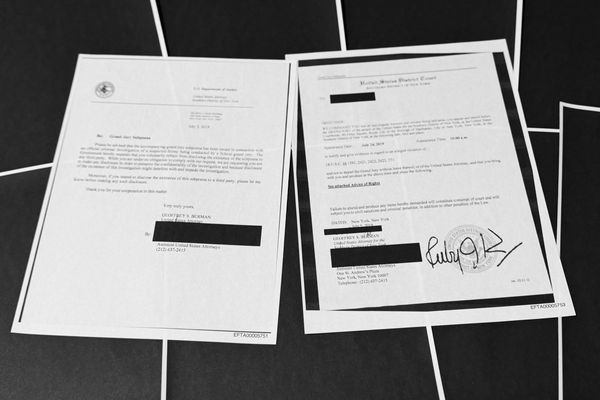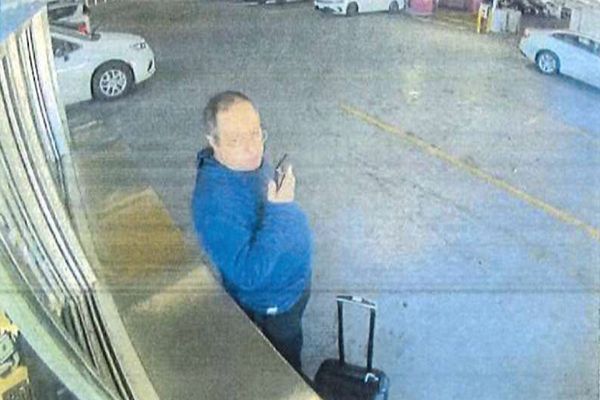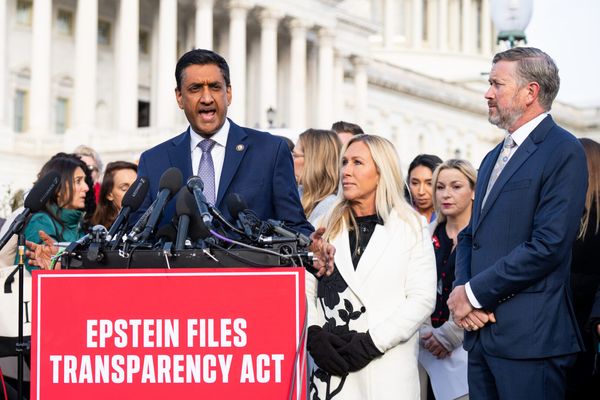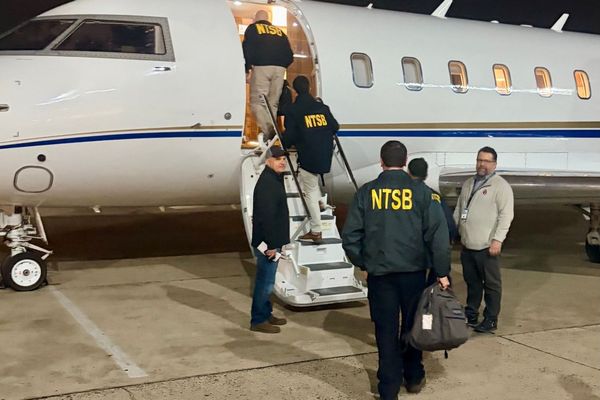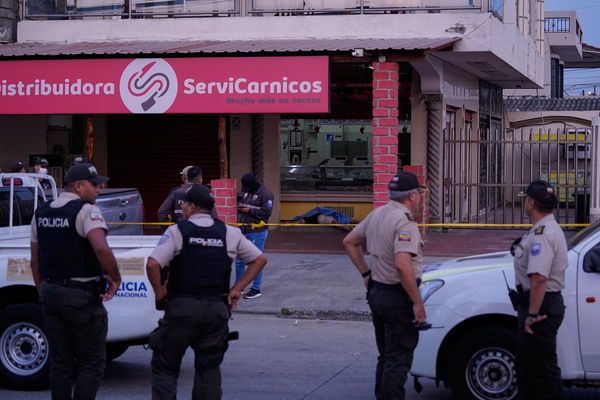
John Oliver opened the latest episode of Last Week Tonight infuriated by the ongoing US government shutdown, now in its fifth week, that has imperiled the US food assistance program millions depend on. “Trump is going to have to own the consequences here,” he said, “and even as he continues to blame Democrats for this shutdown, he somehow manages to make the optics even worse.”
Over the weekend, Donald Trump insisted “it’s all their fault,” despite Republicans having control of both the House and the Senate. In their coverage, CNN cut to footage of Trump’s Great Gatsby-themed Halloween party at Mar-a-Lago, which an anchor described as a book “about rich people partying”.
“Not only is that pretty insulting,” said Oliver, “I’m guessing it’s also pretty infuriating to whatever exhausted high-school freshman just wrote a 4,000-word essay about The Great Gatsby as a grim meditation on the dissolution of the American dream, only for CNN to tell him: ‘You know what? It’s really just a book about rich people partying.’
“And for what it’s worth, the actual theme of that event was apparently, and I quote: ‘A Little Party Never Killed Nobody.’ And I guess that is true,” he continued. “Although it is also true that as we are all finding out right now, a Grand Old Party is capable of killing a whole lot of people, and unfortunately, they don’t seem to give a single marble- and gold-encased shit about that.”
Oliver then pivoted in his main segment to the danger of police chases, which is coming firmly into view. A recent investigation by the San Francisco Chronicle found that over a six-year period, at least 3,336 people died in police pursuits in the US, an average of nearly two a day. The majority of those killed weren’t the fleeing drivers, and more than 500 were innocent bystanders.
“And while fleeing drivers are usually depicted in movies and TV shows as violent criminals, in real life, that is rarely the case,” said Oliver. A 2023 report found that 90% of pursuits were initiated by traffic violations.
“This combination of high-stakes chases over low-stakes infractions” has resulted in tragic deaths, such as that of William Johnson in Georgia, who was killed while stopped at a red light by a car fleeing a police officer for a seatbelt violation. “That is absurd,” Oliver fumed. “The whole point of a seatbelt law was to keep people safe on the road, so it’s more than a little counter-productive to then enforce it by turning the road into a fucking Nascar track.”
Oliver looked into the history of police chases, turbocharged by the 1994 chase of OJ Simpson that attracted 95 million viewers, ushering in a new era of police chases as entertainment. People still love watching them; just two years ago, Pluto TV launched a 24-hour police chase channel, “which sounds about right, doesn’t it?” Oliver laughed. “The sentence: ‘Pluto TV launched a 24-hour police chase channel is the exact type of depressingly accurate nonsense sentence that permeates our world right now. You know, like ‘the Hawk Tuah girl was in the pilot of Chad Powers on Hulu,’ or ‘Jimmy Fallon and Malala did Bees in the Trap on TikTok.’ If you said those words to me 20 years ago, I would’ve thought I was having a stroke.”
Depending on where you live, the policies governing police chases can vary widely – there are no national standards, so the 18,000 law enforcement agencies across the US set their own chase policies. Some only allow their officers to pursue chases for serious crimes, such as aggravated robbery or homicide; others have no requirements at all.
“The dangers you can face from police chases depend heavily on where you are,” Oliver said, “but they can also depend on who you are, because unsurprisingly, some are more at risk than others.” Black Americans, who make up about an eighth of the US population, make up more than a third of police chase fatalities, and more than a quarter of bystanders killed.
One thing is clear: police chases do not improve public safety. Researchers looking at the pendulum effect of policies in different localities that have tightened and then loosen chase restrictions, found that when the number of pursuits increased, the number of injuries and deaths did as well. “And of course they did!” Oliver exclaimed. “If you have more of one, you’re going to have more of the other. It’s like when the number of Ryan Murphy shows increased, so did the number of Sarah Paulson wigs. It’s basic cause and effect.”
And there’s little incentive for police to change – even when officers flout policy on chases, leading to needless injury or death, they often avoid criminal charges or internal discipline, “but that probably shouldn’t be surprising, given all the barriers to police accountability”, said Oliver.
What can be done? Oliver argued that there were some “simple steps” to be taken, including strict national standards for how and when police can initiate a chase. On top of that, cities and states could pass laws that let individuals sue government officials for chase-related crashes.
“Something has to be done here, because the police’s commitment to public safety shouldn’t effectively end once they turn their sirens and lights on,” he concluded. Because “despite what too many cops say and what film and TV have conditioned us to believe, the idea that high-speed pursuits are the only way to ensure public safety” was “absolute bullshit”.

